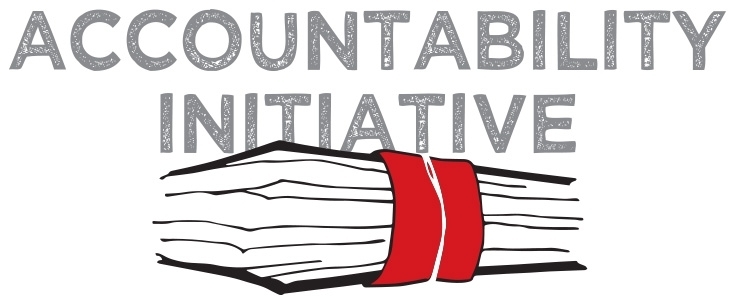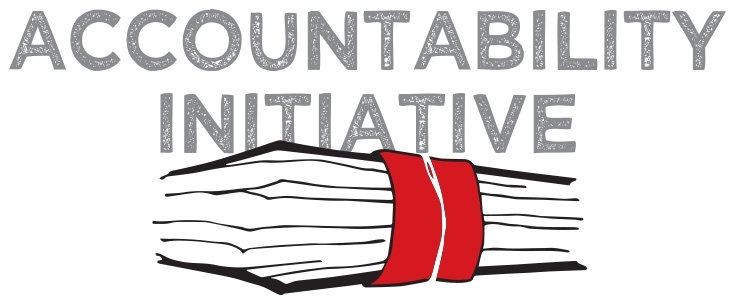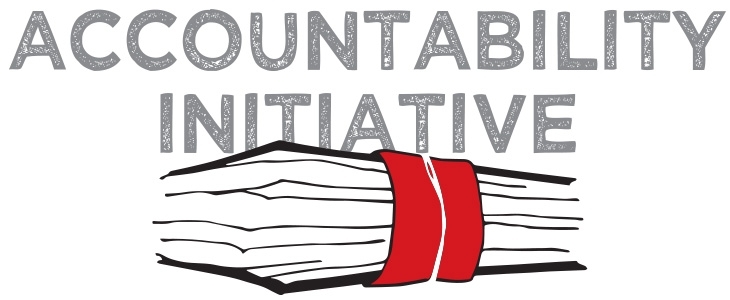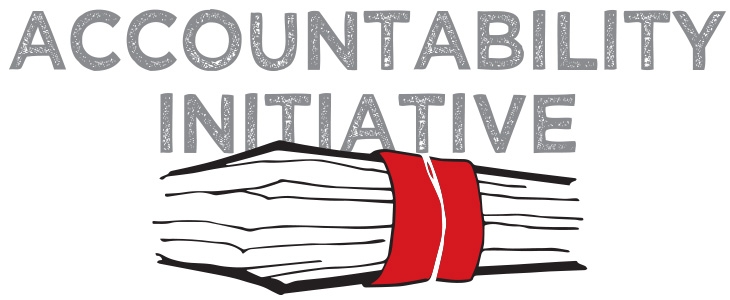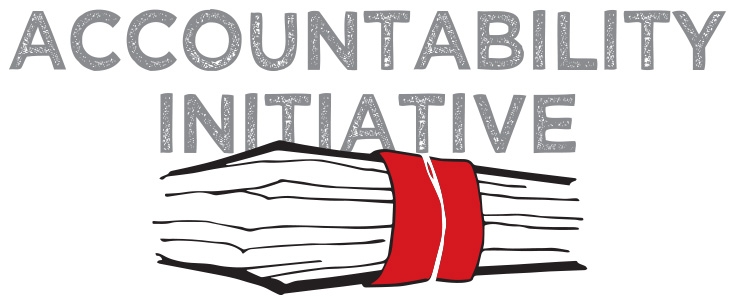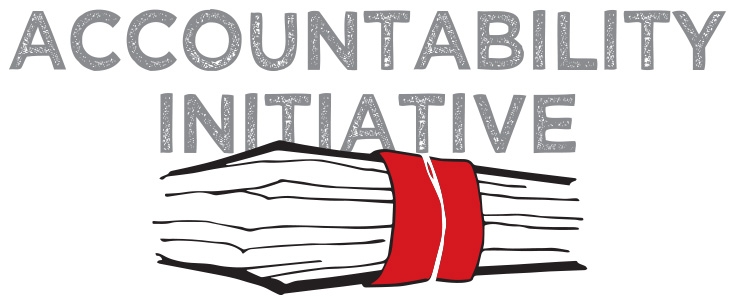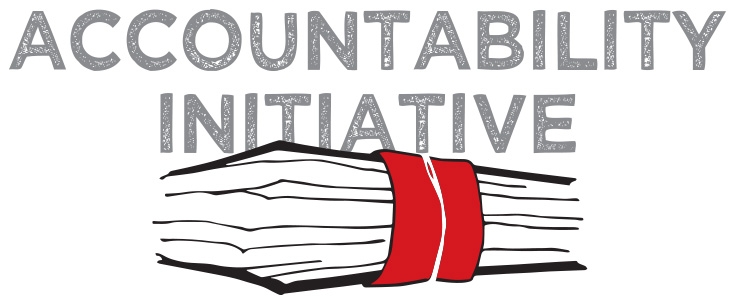…that too many children have died?
I adapt this from Dylan’s famous 1962 lyrics, but it is nowhere more true than for Adivasis or tribal peoples (called Scheduled Tribes) in India.
Come monsoon, the Indian media is rife with stories of child deaths in tribal areas, frequently reported as “malnutrition deaths”. Kalahandi district in Orissa for instance, had been a metaphor for starvation due to press reports dating back to the 1980s. Melghat area in Maharashtra has similarly surfaced in the press especially during the monsoon when migrant Adivasis return to their villages and to empty food stocks in the home. This is followed by public outrage, sometimes by public interest litigation and often a haggling over numbers.
We recently published a working paper that looks at child mortality among India’s adivasis – the starkest manifestation of their deprivation. We find that an average Indian child has a 25 percent lower likelihood of dying under the age of five compared to an adivasi child. In rural areas, where the majority of adivasi children live, they made up about 11 percent of all births but 23 percent of all deaths in the five years preceding the National Family Heath Survey 2005. While there has been progress in child survival over the years, and much greater vigilance, which often leads to these stories surfacing in the media at all, the fact remains that children in tribal areas are at much greater risk of dying than those in other areas.

Our analysis based on national data from the National Family and Health Survey 2005 has three findings. First, a disproportionately high number of child deaths are concentrated among adivasis, especially in the 1-5 age group and in those states and districts where there is a high concentration of adivasis. Any effort to reduce child morality in the aggregate will have to focus more squarely on lowering mortality among the adivasis. Second, the gap in mortality between adivasi children and the rest really appears after the age of one. In fact, before the age of one, tribal children face more or less similar odds of dying as other children. But these odds significantly reverse later. This calls for a shift in attention from infant mortality or in general under-five mortality to factors that cause a wedge between tribal children and the rest between the ages of one and five. Third, the analysis goes contrary to the conventional narrative of poverty being the primary factor driving differences between mortality outcomes.
There are many small and very important initiatives that have lowered child mortality among adivasis, but how do you scale them up?
India is not alone in having such poor outcomes for its adivasis – called “indigenous peoples” in the global context. A recent global report on indigenous peoples edited by Gillette Hall and Harry Patrinos was released yesterday in New York at the UN Permanent Forum on Indigenous Issues. And it shows remarkable congruence in the processes and outcomes that exclude indigenous peoples the world over.
Very soon, a new report on social exclusion in India that we have been working on will be ready for review – and it also addresses adivasi deprivation using national data. We look at poverty rates and the fact that adivasis in 2004 were where the average Indian was twenty years ago. I will keep you posted through this blog.
Maitreyi Bordia Das is Senior Social Protection Specialist in the South Asia Human Development Department at the World Bank in Washington DC. This piece was cross posted from Maitreyi’s Blog. Log on to read more of her posts.


